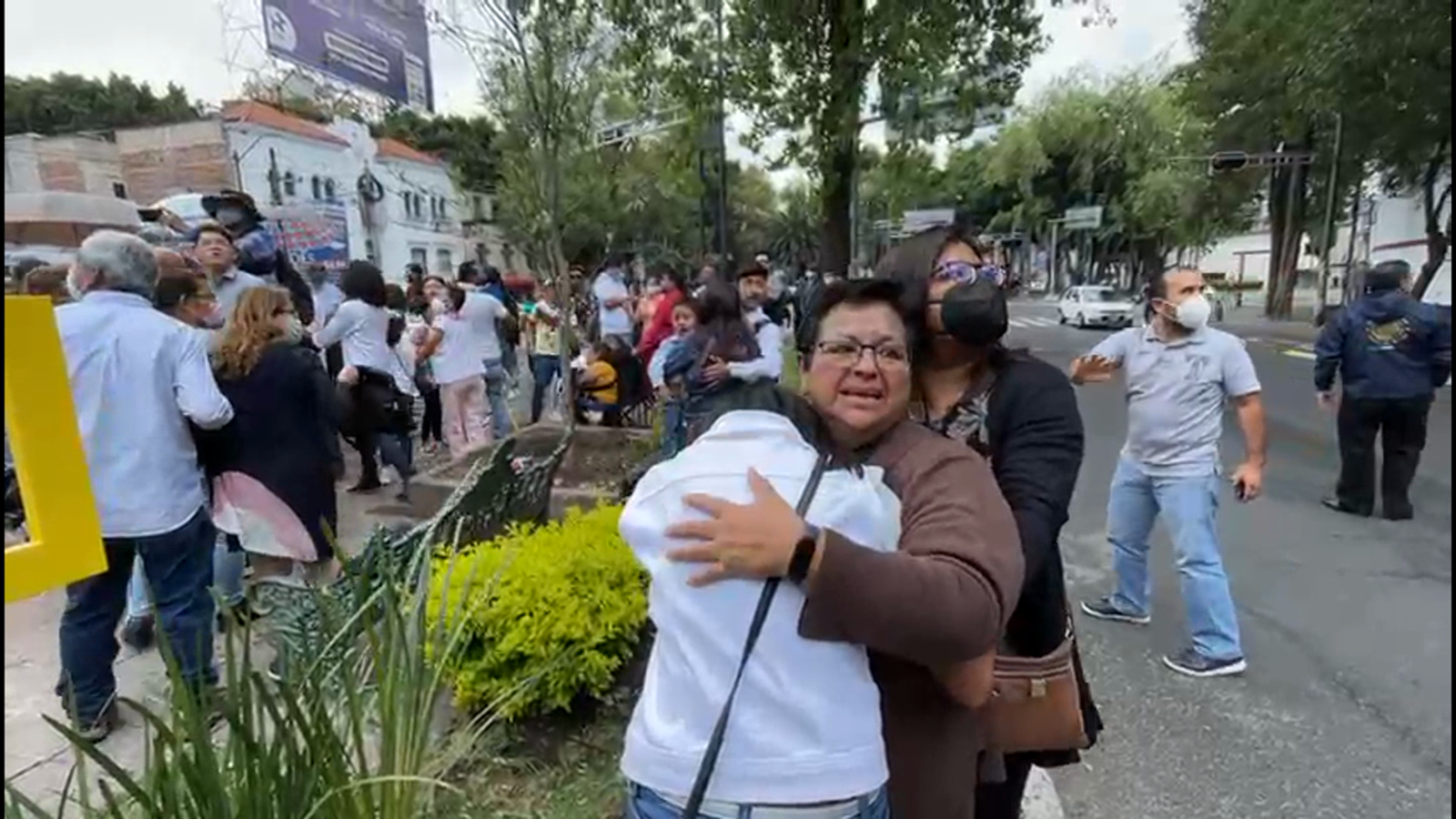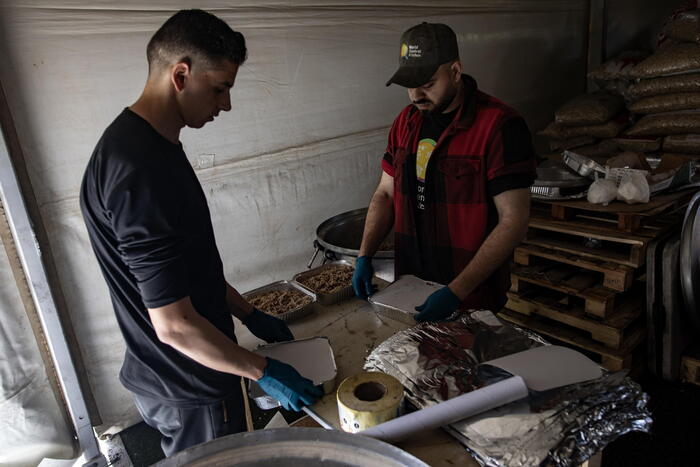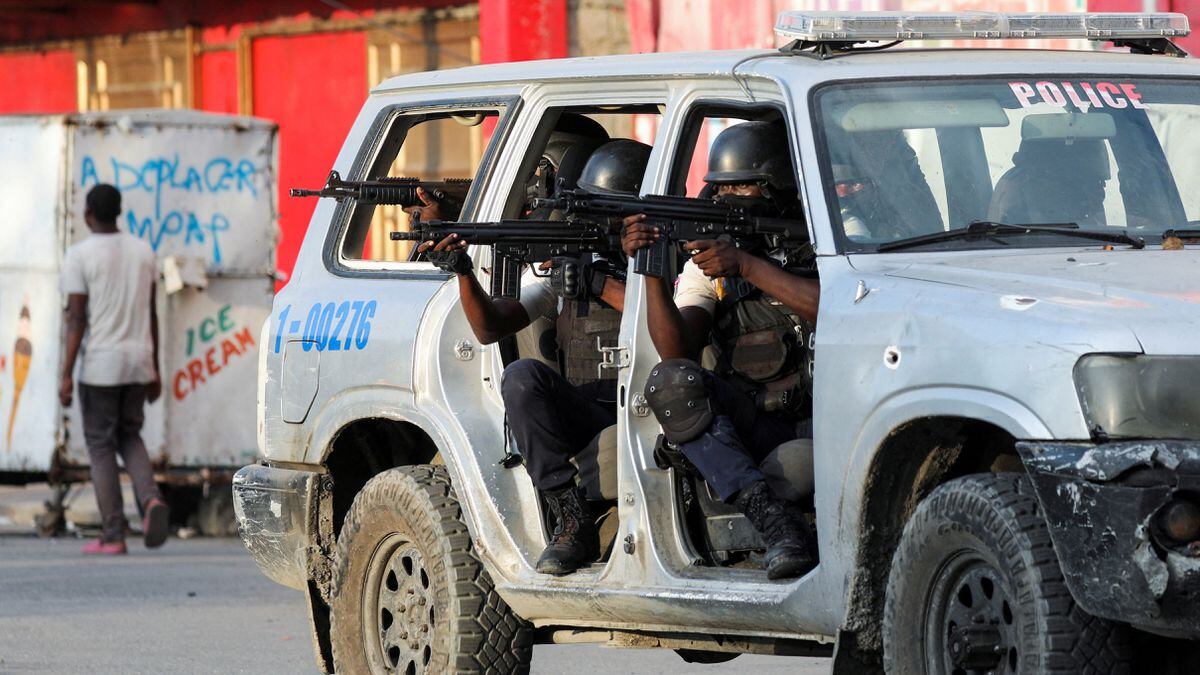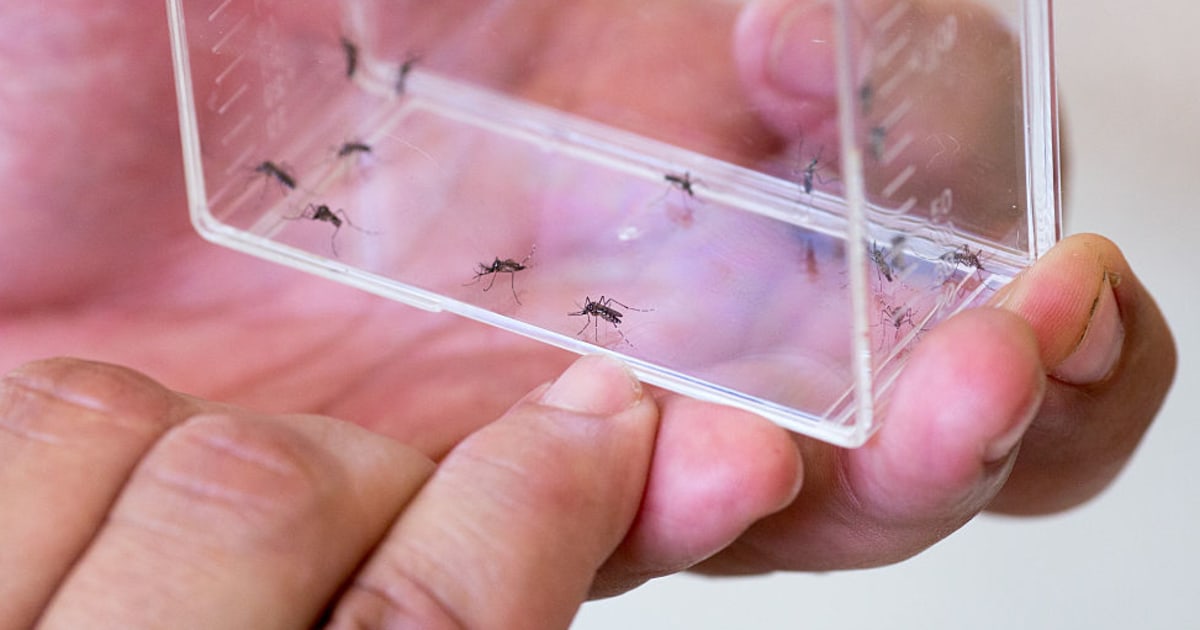In the midst of commemorating the 2017 earthquake, relatives feel the earthquake 3:26
(CNN Spanish) --
If Mexico and Puerto Rico were people, they would probably hug each other to comfort each other in the midst of the scare of the tragedy, since both communities suffered this week a reminder of the threat of nature, in a scenario lived five years ago also by these dates.
The first, Mexico, was shaken this Monday by a strong earthquake that shook the earth under the feet of its inhabitants, recalling the fatality of other September 19 when deadly earthquakes were recorded that have marked its history.
In the second case, that of Puerto Rico, a hurricane that made landfall this Monday as a category 1 cyclone, is devastating everything in its path, has left heavy rains and floods and the prevailing fatality of the tragedy of Hurricane Maria, of 2017, from which many barely recover.
The Dominican Republic, also in the Caribbean, is also dealing with the fatal consequences of Fiona, which on Tuesday became a Category 3 hurricane.
Although to date the magnitudes of both the earthquake in Mexico and the hurricane in the Caribbean are not comparable in terms of deaths, losses and material damage, both events leave a prevailing feeling of loss in the air that many can barely explain.
This is how the events of the past and this Monday are compared.
advertising
Mexico, a trilogy of earthquakes shakes the country on September 19
What happened in Mexico seems like the chronicle of an earthquake foretold.
But it wasn't.
This September 19, after millions of Mexicans participated in an earthquake prevention drill, the earth shook: it trembled so strongly that the seismic alert that had sounded previously was triggered this time with an unequivocal warning: "It is not a drill, activate your protocols," alerted the Secretariat of Comprehensive Risk Management of Mexico City.
It was a magnitude 7.6 earthquake whose epicenter was located 42 kilometers north-northwest of La Placita de Morelos, Michoacán and was felt strongly in Mexico City.
7.5 earthquake shakes Mexico again on September 19 5:41
It happened at the time the drill was scheduled for the National Civil Protection Day, which includes a mega-earthquake drill to improve society's preparation for an event of these characteristics.
The confused faces of many soon turned into disbelief, since September 19 represents a fateful date for Mexicans: this same day, in different years, two devastating earthquakes occurred that have claimed thousands of lives in the past.
That of 1985, of magnitude 8.1, left about 10,000 dead;
and in 2017, of magnitude 7.1, almost 400 people died and left 250,000 more displaced, with painful images that still weigh on the memory of Mexicans.
What to think of this?
"It's a coincidence," Víctor Espíndola, of the Mexican Seismological Service, told CNN about the occurrence of three earthquakes on the same date and at a similar time.
And it is even more so if you take into account that Mexico is in an area of high seismicity.
In fact, said Espíndola, this September 7 there was also an earthquake.
It was the same date as five years ago, on September 7, when an 8.1 magnitude earthquake occurred off the coast of Acapulco.
"That is still a coincidence," he insists and adds that although it is very low, there is a probability that phenomena like these will happen.
Why did it tremble again in Mexico on September 19?
2:55
So far the damage is not at all comparable to that of past earthquakes.
So far there has been one death of a man in the state of Colima who died due to circumstances related to the tremor, while another person was injured in Michoacán.
And in Colima there was structural damage to homes and failures in the electrical service.
Meanwhile, strong aftershocks continue until the earth settles again and earthquake experts compare this occurrence to winning the lottery: "There is, although the probability is very low, that it will happen again," said Espíndola.
"It's like a person who can win the lottery two or three times, even consecutively. So, what could you call that?" he asks.
And he reiterates that earthquakes cannot be predicted.
Puerto Rico, devastated by hurricanes
Exactly five years have passed since Maria, a powerful and devastating category 4 hurricane, made landfall in Puerto Rico, the first of such magnitude to impact the island in 85 years.
Fiona causes about 76 centimeters of rain in Puerto Rico 1:54
Now, another hurricane, less powerful, but perhaps just as dangerous, has arrived on the island: Hurricane Fiona made landfall on Monday in Puerto Rico, bringing severe rains and floods to the island, landslides and a lack of electricity, in an echo that remember the tragedy of 2017, when Maria caused, between 2017 and 2018, almost 3,000 deaths and billions of dollars in damage.
Many of these people who suffered from Maria are now struggling with the blows of Fiona's tail, which is forcing them to start from scratch once again.
"It's devastation after devastation," Carmen Yulín Cruz, the former mayor of San Juan, the capital of Puerto Rico, who dealt with the effects of Hurricane Maria, told CNN's Wolf Blitzer.
Right now, millions of people are in the dark after Fiona.
But the scene is not only lived in Puerto Rico.
And Fiona does not stop: this Tuesday it strengthened into a category 3 hurricane with winds of 185 kilometers per hour and gusts of up to 210 kilometers per hour and is expected to pass through the Turks and Caicos Islands.
And if it rains in Puerto Rico, it doesn't clear up in the Dominican Republic.
This Caribbean island, which is very close to Puerto Rico, also has at least a million residents without electricity.
And the emergency services declared a red and yellow alert for the hurricane: now there are 15 provinces on red alert, due to the direct impact of the phenomenon, and 16 provinces on yellow alert due to situations of imminent risk.
Returning to Puerto Rico, the issue of lack of energy is not minor.
What's more, it's a challenging fact because many medical centers are running on emergency power.
Videos arrive from Puerto Rico of rivers of water that, when seized, destroy everything in their path: there are fallen trees, power lines that block the path, and hundreds of people who had to be rescued by the emergency services while the rain lashed the island.
The best images of Fiona's visit to Puerto Rico 0:57
Again, Fiona's ravages are not compared to Maria's so far, for which we had to wait months, perhaps years, to know the true ravages caused by this storm.
Remember that initially the island government reported 64 deaths related to Hurricane Maria.
In 2018, a catastrophic figure of 2,975 deaths was established as a result of the powerful cyclone.
And the prospects are not good.
What happens with these high-intensity hurricanes is due to warmer global temperatures, according to a UN climate report published last month.
In addition, scientists have also found that storms are more likely to stall and deliver devastating rain and last longer after landfall.
So for now, five years after one hurricane, yet another leaves Puerto Rico and the Dominican Republic under water, with many hoping that it is not the prolongation of a painful recovery that may extend far beyond explanation.
-- With reporting by CNN's Stephen Collinson.
Mexico newsPuerto Rico









